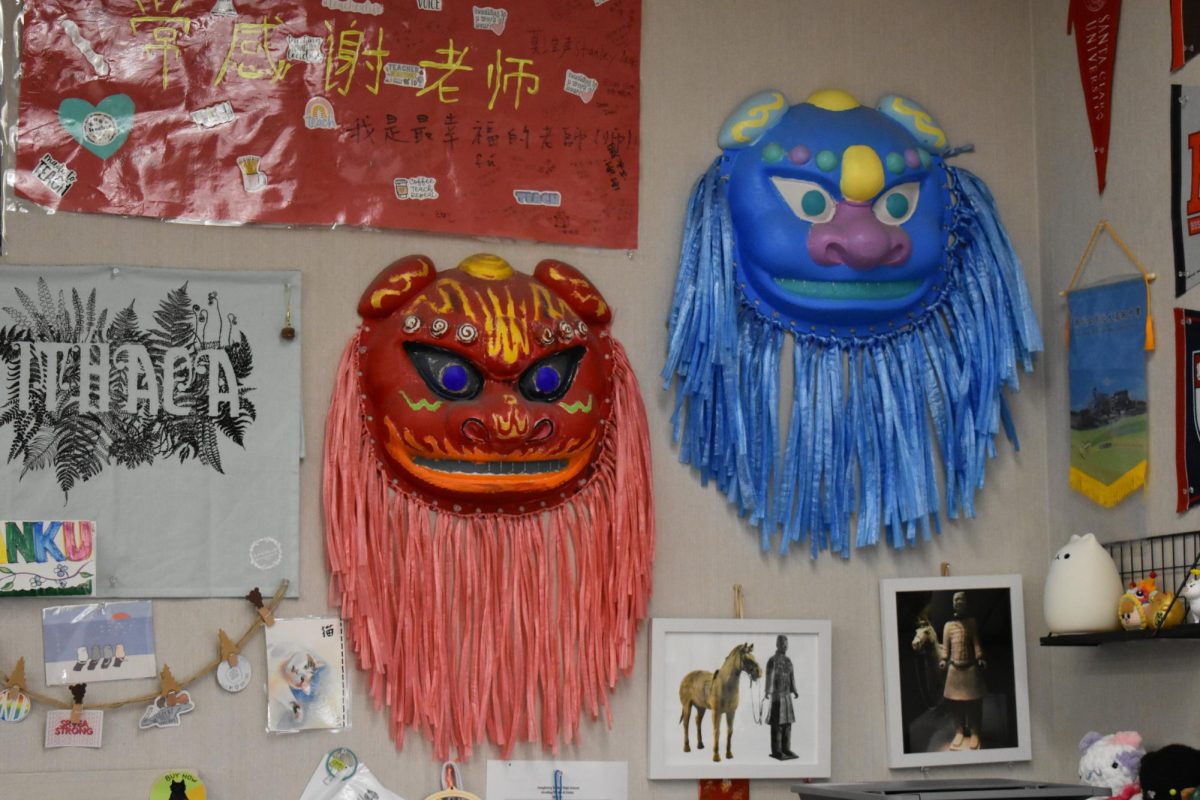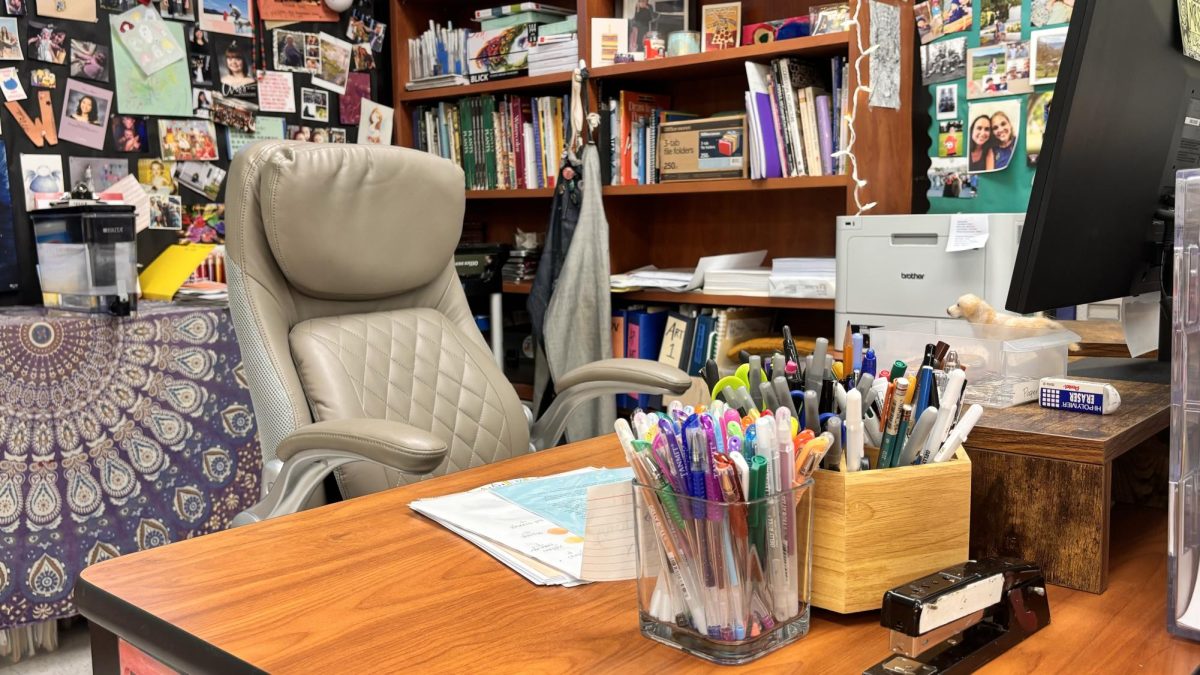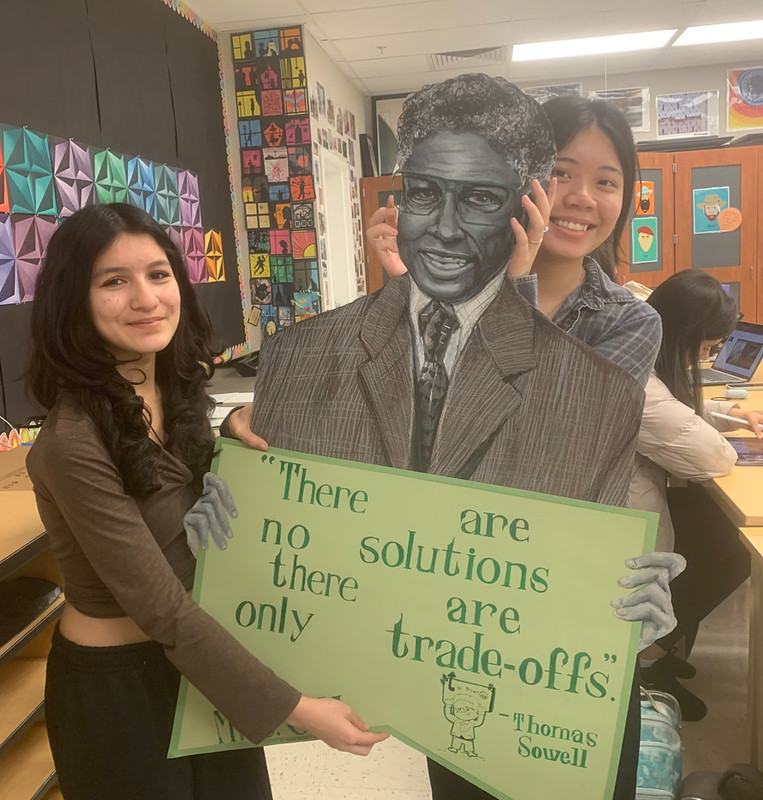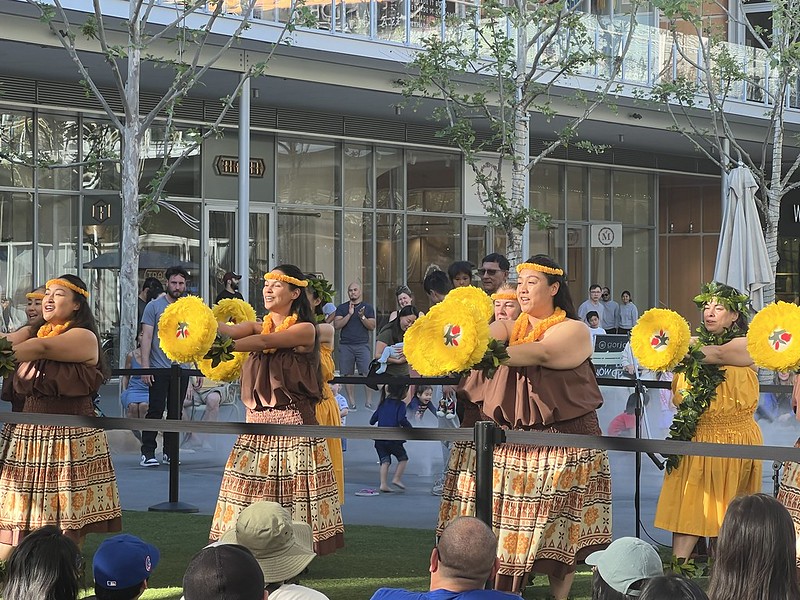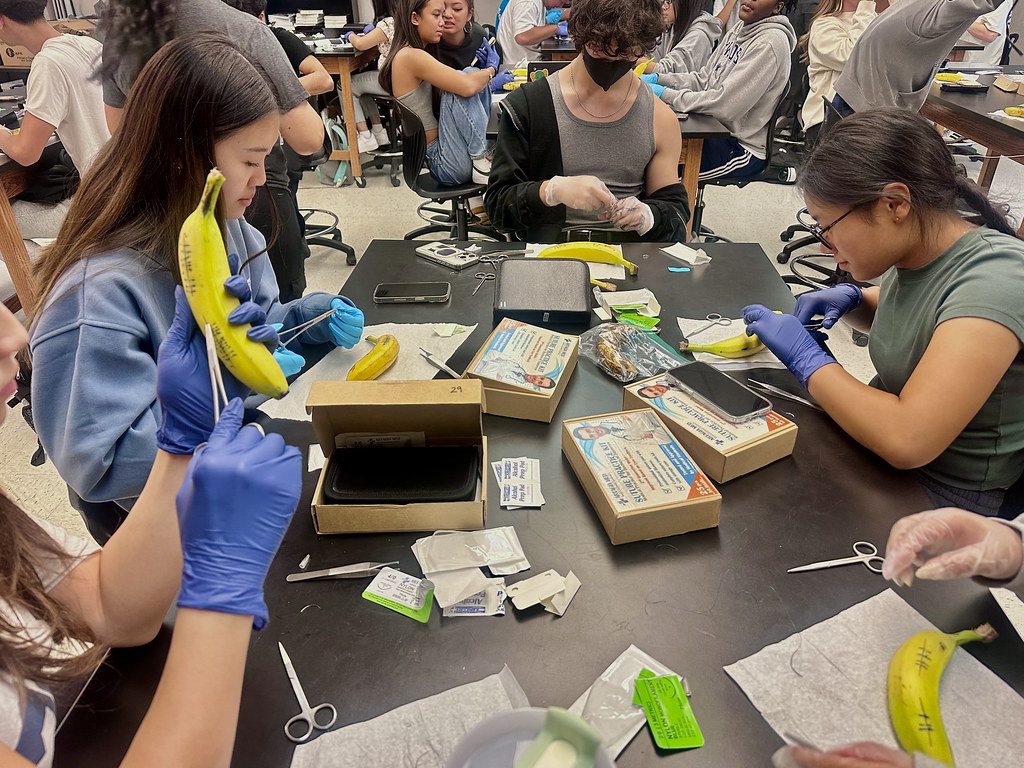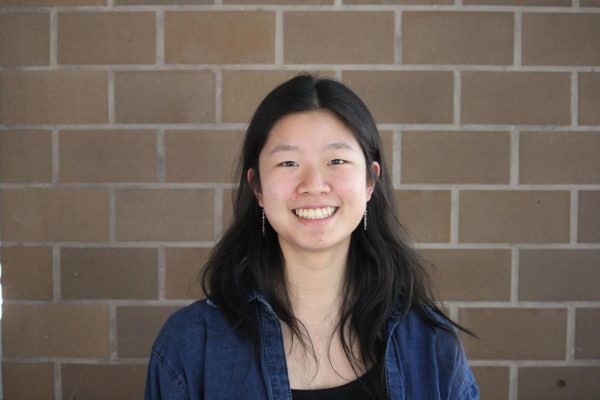From French I to AP Chinese, world language teachers at Dougherty Valley High School use culture lessons to enhance their classes. Though each teacher has their own approach to teaching culture, many share a common desire for their students to understand the importance of not just learning the language.
“Culture and language – you cannot separate them,” Crystal Jen, Chinese teacher and World Language Curriculum Lead at DVHS, said.
For Jen, language is much more than just a tool – it’s a way to connect with others.
“We want students to learn more than just languages,” she stated.
Jen believes that only learning the grammar and vocabulary of Chinese barely scrapes the surface of what there is to offer. She continued that, by teaching this way, students not only learn something that is “very boring,” but also difficult to understand.
“That means your class is not meaningful,” she explained.
She sincerely hopes that the cultural activities help the students stay interested in learning the language for more than just the credits. From making traditional snacks to writing Chinese calligraphy to painting lion head masks, Jen implements many projects to motivate students while simultaneously introducing them to Chinese culture.
“I think the most important thing is fun,” she emphasized. “To enjoy the subject and enjoy the culture. To make them feel interested, [so] they want to know more.”
Jen’s assignments aren’t limited to her classroom. Often, she asks her students if they are willing to gift their projects – the snacks and the decorations – to other teachers, along with a short explanation of the cultural significance. This serves as a way for students to not just practice their cultural presentations, a skill necessary for the AP Chinese test, but it also promotes the learning of Chinese culture outside its familiar environment. The remnants of previous projects can still be seen scattered in many classrooms throughout DV as decorations. Jen acknowledged that, in this way, she has helped to build a community in the school.
“When [I] walked in the building and saw that, I thought, yeah, my students can really make a contribution,” Jen said.
Similarly, DVHS Spanish teacher Ashley Hoover stressed the importance of community in learning a language.
“When you learn another language, you’re opening yourself to become not only a citizen of your own community, but a global citizen,” Hoover explained.
Like Jen, Hoover uses a variety of activities to teach culture throughout the school year. Of them, she notes that students often look forward to making ofrendas, or altars, to celebrate the life of an influential figure of their choice for the Day of the Dead. Hoover enjoys teaching this project due to the fact that, along with allowing students to flex their artistic muscles, this project encourages them to recognize “not just the similarities between one culture and another, but also the differences.”
“Our traditions and our cultures from our own communities are very important to us, just like what they’re learning about other countries and their cultures and their traditions and their values,” she revealed.
Hoover recalled how students have started using “modismos,” Spanish idioms, in class. As they won a game, they would break out into cheers, repeating the sayings they learned.
“I know that they’re enjoying it because they’re retaining information on something that I’m not testing them on,” she noted. “It’s just something fun we’re doing.”
“I want them to grow,” she stated, “but I also hope they learn the value of their own beliefs and their own cultures.”
Likewise, DVHS French teacher Sarah Colard places a lot of importance on culture. Rather than working on a bigger picture, she focuses on using culture to forge bonds within her classroom.
“I mean, who cares about the grammar?” Colard joked. “It’s important to be able to communicate, but it’s more about the culture, right?”
Many of her students who choose to take French do so out of interest in its traditions.
“If you go to Paris… you want to look at the museums,” she asserted. “It’s not so much about the language, for me.” Colard expanded on how the connection, however slight, that they receive through learning the language is invaluable if they ever choose to visit the language’s country of origin in the future.
“It’s funny, because not everybody understands that culture is important.” With this in mind, Colard curates the way she teaches her lessons to appeal to her students. In her classes, students sing songs, watch movies and catch up with current events – all in French.
“It’s building the language without you knowing,” Colard explained, discussing how singing along can help students practice pronunciation.
More than that, though, Colard hopes to build connections within the class. The French teachers collaborate every three months to host a “crêpe day,” in which the classrooms are opened up so students can eat crepes and also get to know their teachers better. Community is a consistent theme in Colard’s class. She has students work in partners each lesson, regularly switching the pairings so the class becomes more familiar. She also pits her classes against each other in competitions, strengthening relationships through friendly rivalry.
“We’re not many, [us] French students, right? So a lot of the time it becomes a family,” Colard revealed. She fondly recalled how her students said the best thing that happened to them in French was meeting their best friends, and noted how they kept in contact even after graduating.
“I have a lot of children,” Colard joked.

